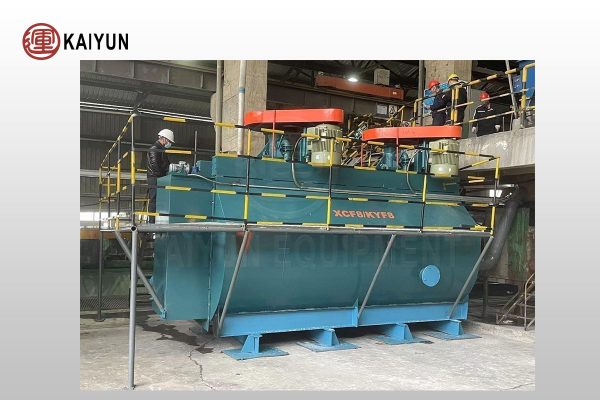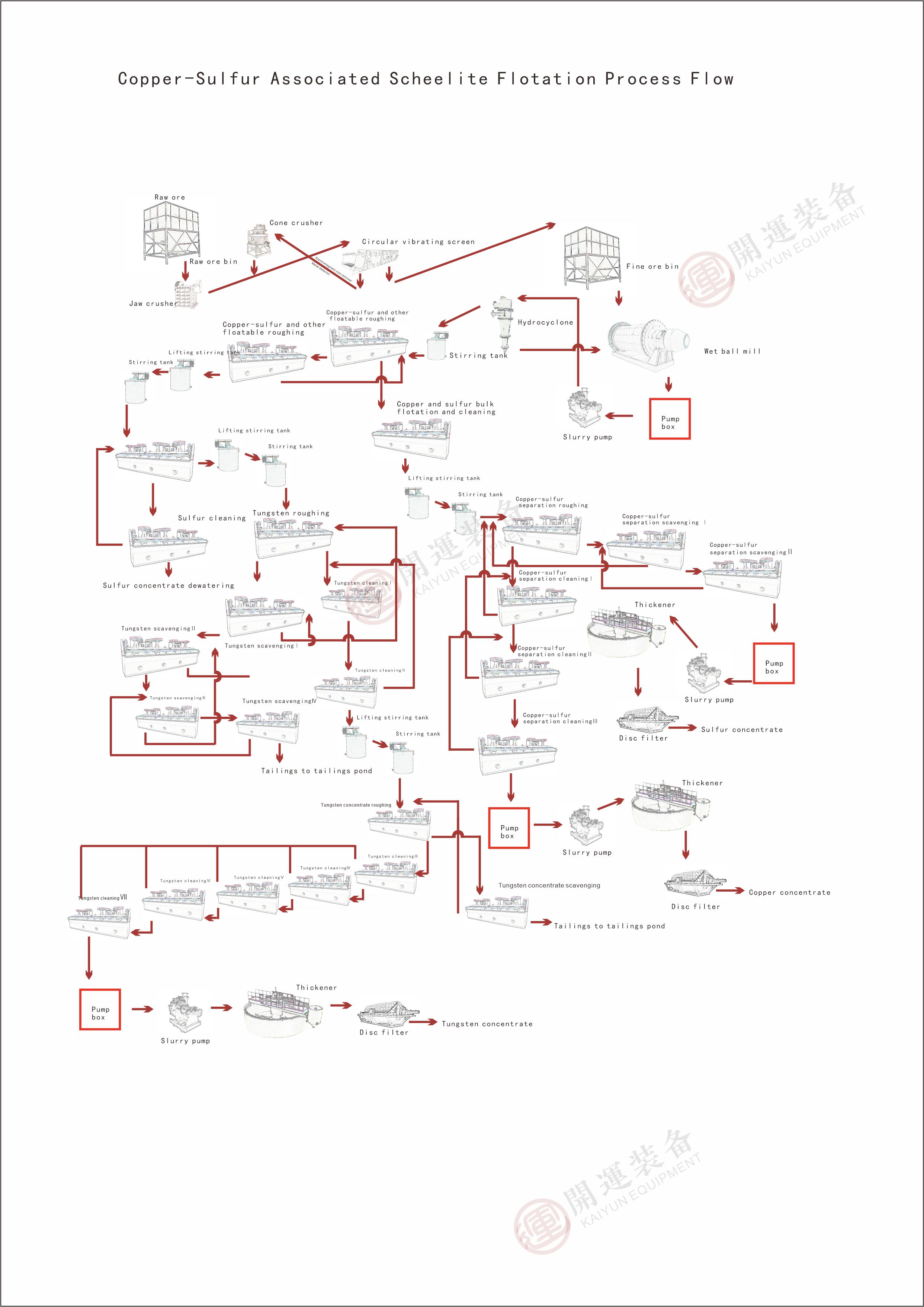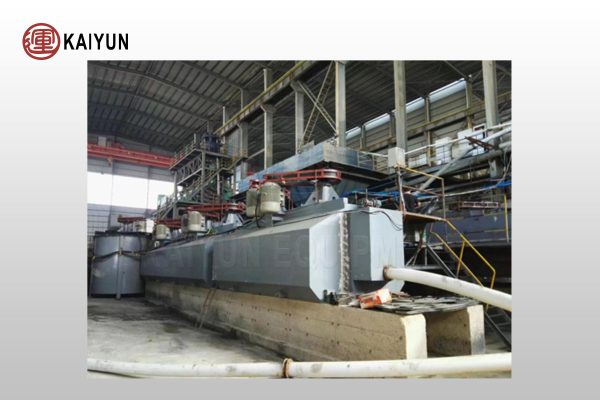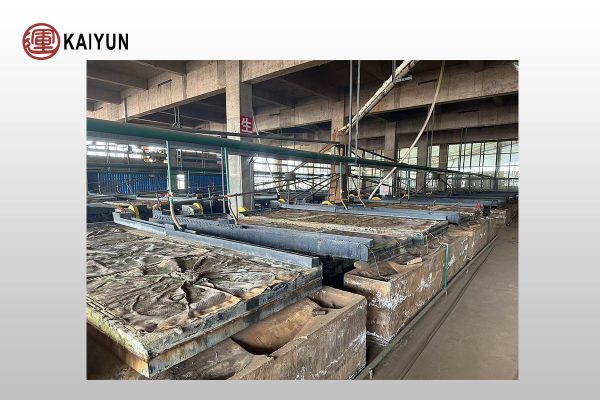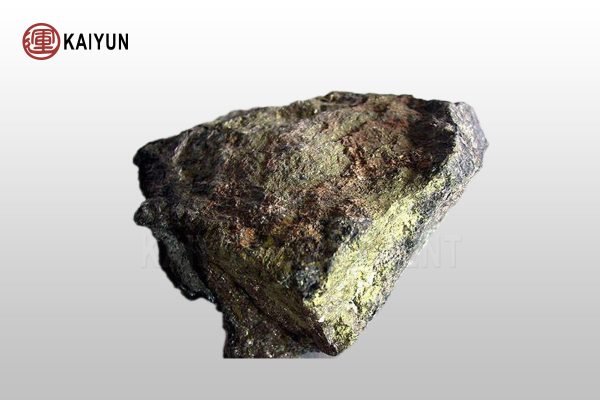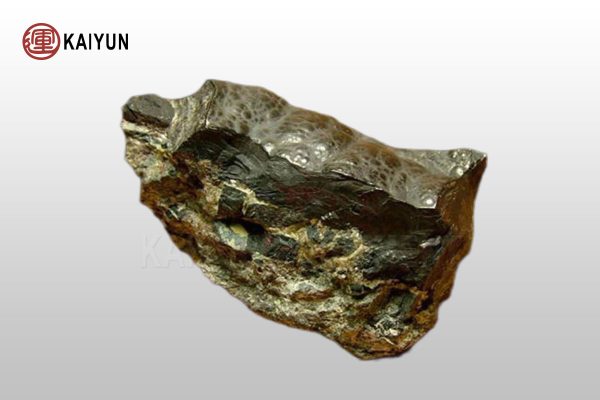Wolframite Beneficiation Process
Wolframite beneficiation technology is especially suitable for ore with unevenly distributed grain sizes.
Scheelite Beneficiation Process
Scheelite beneficiation can be performed using various methods such as gravity separation, magnetic separation, and flotation. Scheelite has good floatability, but it often occurs with calcium-bearing gangue minerals that have similar properties, making the flotation process relatively complex. The beneficiation methods and processes used vary according to the type and properties of the ore.
Cu-Pb-Zn Ore Beneficiation Process
Cu-Pb-Zn Ore Beneficiation Process adopts a mixed flotation-concentrate regrinding process, which aims to reduce the grinding cost, is easy to manage, and uses new non-toxic flotation reagents to achieve an efficient and environmentally friendly beneficiation process.
Tin Ore Beneficiation Process
Tin ore is usually separated by gravity separation because its density is greater than that of the associated minerals. However, since the ore may contain various iron oxide minerals (such as magnetite, hematite, etc.), these minerals are difficult to be effectively separated from the tin ore by gravity separation or flotation, so magnetic separation or flotation methods are also needed.
Molybdenum Ore Beneficiation Process
The molybdenum ore beneficiation process mainly improves the quality of the concentrate through regrinding and re-selection. According to different ore characteristics, the most suitable regrinding process is selected to optimize the mineral processing effect.
Antimony Ore Dressing Process
The specific gravity of antimony ore is much greater than that of gangue, so it can be separated by gravity separation. Gravity separation is efficient, energy-saving and environmentally friendly, and can also enrich low-grade ore in advance.
